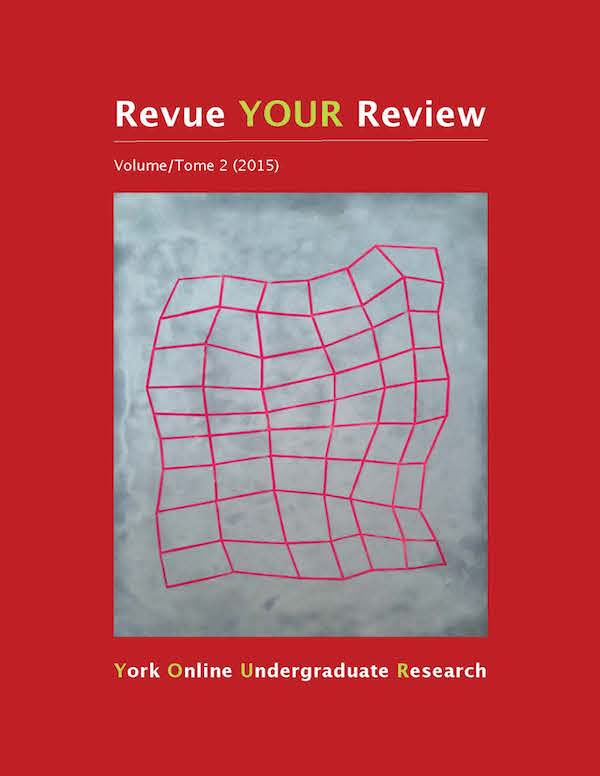St. Etienne, Auxerre: Gothic Innovation in Burgundy
Abstract
Early in the thirteenth century, the Burgundy region of France spawned a unique interpretation of the Gothic style reaching its epitome in Auxerre’s St. Etienne cathedral. The innovations at St. Etienne have been proven to have sprung from French and further-afield sources. This essay delves into the oft-neglected importance of patronage in design. The spread of ideas in medieval Europe was more effortless than we presume, and through a careful study of numerous cathedrals, churches, abbeys, and their individual features, I have speculated on the source of inspiration for Auxerre and tried to demonstrate it with precise examples. I delved into French and English sources spanning many centuries, and conducted on-site explorations in France. One of my findings questions the starting date of the cathedral’s eastern end, discovered while searching through translations of contemporary thirteenth-century chroniclers. If I am correct, and Professor Thurlby believes that I am, it broadens the inspiration sources because of the earlier start date than previously supposed. Five years is a substantial amount of time, when ideas are being adopted for building. I also speculated that the presence of the older Romanesque buildings in the region had more of an influence on Auxerre than previously surmised by the experts: Branner and Titus had pointed out the similarities existing in Canterbury Cathedral, England, and Lausanne Cathedral, Switzerland, but missed some local features, deriving from Romanesque regional designs. This helped to broaden the base for innovative thirteenth-century architects and patrons, beyond what was previously believed.
Downloads
How to Cite
Issue
Section
License
Authors contributing to Revue YOUR Review agree to release their articles under one of three Creative Commons licenses: Creative Commons Attribution 4.0 International; Creative Commons Attribution-NonCommercial 4.0 International; or Creative Commons Attribution-NoDerivatives 4.0 International. All editorial content, posters, and abstracts on this site are licensed under Creative Commons Attribution-NoDerivatives 4.0 International. For further information about each license, see:
https://creativecommons.org/licenses/
In all cases, authors retain copyright of their work and grant the e-journal right of first publication. Authors are able to enter into other contractual arrangements for the non-exclusive distribution of the e-journal's published version of the article (e.g., post it to an institutional repository or publish it in a book or in another journal), with an acknowledgement of its initial publication in this e-journal.


